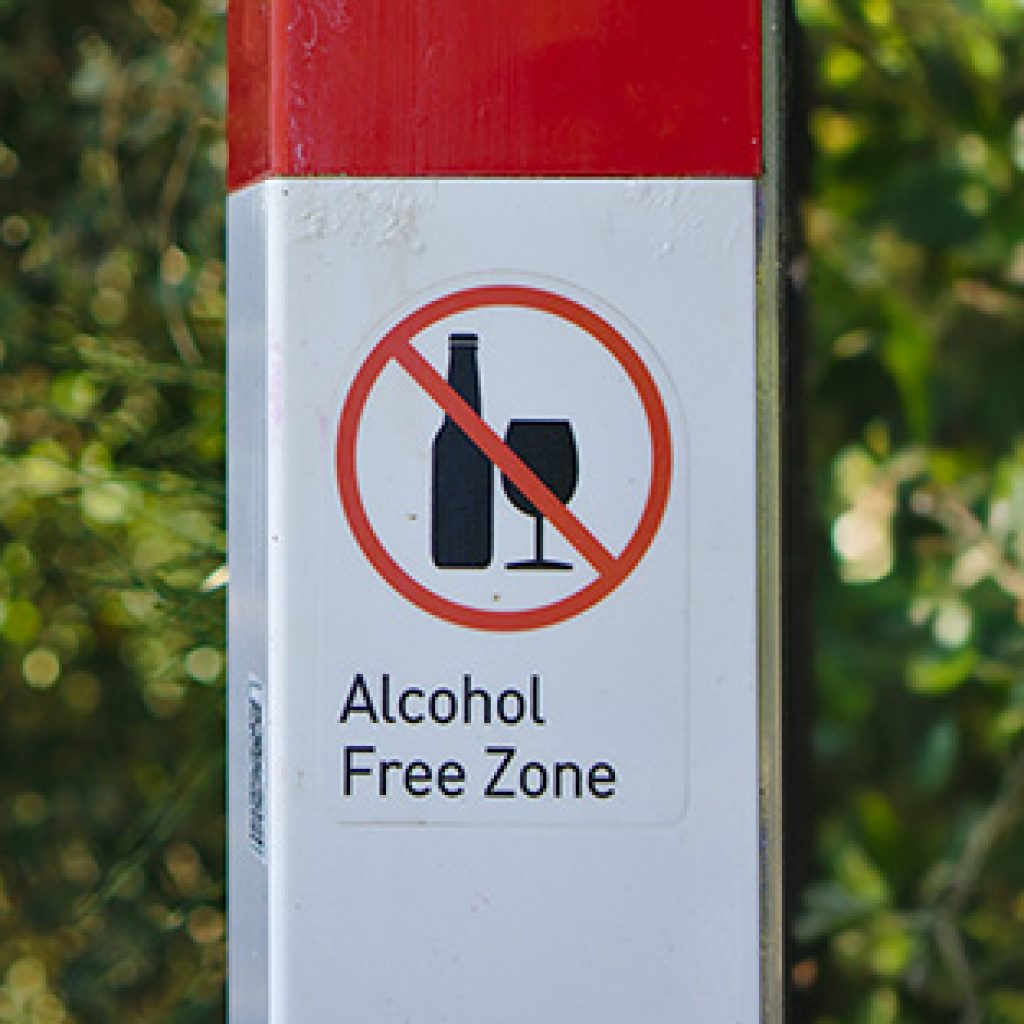Providing Male-Specific Substance Use Disorder Treatment:
Providing Male-Specific Substance Use Disorder Treatment: An Introductory Guide for Behavioral Health Providers
CASAT Learning is offering an important professional development training for behavioral health providers, Gender Issues in Recovery, in a self-paced, online format. In this course, presenter Megan Howard, LCSW, CSUD, focuses on the roles, stereotypes, and gender norms that impact men’s experience of abuse, substance use disorder and the treatment and recovery from these behavioral disorders. Completion of the course will result in 3.5 continuing education units (CEUs) for most behavioral health professionals. Learn more and register on CASAT Learning’s registration website.
The Importance of Men’s Issues in Substance Use Disorder (SUD) Treatment
Why is this an important topic? One reason is that while treatment services were historically developed for predominantly male clients, the specific, unique issues of the health, psychological, cultural, and social needs of men relative to SUDs were not examined. The treatment modalities that were developed were not designed specifically for men. The research and subsequent development of treatment specific to women and other populations as groups has evolved over the past 30 years and the research base has expanded. New research is now focusing on improvements in treatment services that specifically address specific male needs (SAMHSA, 2013). Another reason is that although some of the causes for men and women developing SUDs are the same, and some are different. Some of the reasons are related to gender and some are not. The data tend to show different rates of SUDs in men and women, differing pathways to the development of SUDs, and unique responses to different treatment options as well.
According to the National Institute on Drug Abuse (NIDA):
- More men than women are in treatment for substance use disorders (SUDs); men are likely to use nearly all types of illicit drugs that result in mor emergency room visits or overdose deaths;
- Men and women have some of the same reasons for developing SUDs and also have reasons specific to their sex, gender, and culture;
- Men in almost all age groups have higher rates of dependence of or use of illicit drugs and alcohol than women;
- More men than women actually seek treatment (although the rate of women seeking treatment has risen in recent decades) as shown by the following chart.

In addition, substance use disorders in men and women progress differently and they often experience different rates of progression and different timelines to successful treatment (Greenfield, et al., 2010). Because successful treatment is often dependent on the reasons for the differences in the experience of SUDs for men, or women or any other identifiable group for that matter, recent research has focused more on gender-related reasons. Because early treatment research examined SUDS in men, more of the new research examines SUDs in Women and other groups (SAMHSA TIP 56 Quick Guide,2013). Even so, gender differences in SUDs are understudied. In fact, it is a useful exercise to define some key terms before continuing:
sex—generally assigned according to biological markers (e.g., reproductive organs); some people are not assigned a sex because of genital, chromosomal, or hormonal ambiguities.
gender—a sociocultural construct that defines expected characteristics of men and women.
masculinity—characteristics ascribed to men.
gender identity—usually defined as a subjective, continuous, and persistent sense of oneself as male or female; the importance of gender identity varies from one individual to another.
The importance of understanding conceptual frameworks of masculinity and male roles is also important. Within different cultures, men and their roles are defined by socially constructed ideas and beliefs about what defines men. Some of these concepts are exhibited through rituals, rites of male passage, expression of emotions, independence, competition, and aggression, to name a few (SAMHSA TIP 56 Quick Guide,2013).
Causes for the Gender Gap in SUDs
While gender roles vary within various cultures and social roles of men and their age at any given time, adherence to gender roles is just one of the causes of differences in the experience of SUDs among me. Others are biological (sex, gender, and environmental), epidemiological (prevalence and incidence, course of the illness, adverse consequences and co-occurring disorders), and in treatment (including treatment seeking behavior, treatment outcomes, and gender-specific or gender-responsive treatments) (McHugh, et al., 2018). The result of these differences account for behaviors such as men using alcohol and drugs more and in greater quantities that women, engaging in binge drinking more often, developing a SUD more frequently, and responding differently than women to some substances to name just a few.
Screening and Assessment for SUDs in Men
In order to engage men in treatment, screening and assessment are critical to identifying both the needs and the strengths of clients. Initial screening may be impacted by gender or cultural issues such as:
- The tendency of some men to minimize or underreport problems
- Differences in the way behavioral health problems manifest in men
- How differences in screening or assessment settings can impact if and how men present problems
- Cultural differences that impact willingness to share difficulties or illnesses
Assessment for SUDs should also consider historical and other factors that contribute to development of SUDs, usage patterns, substance use disorder symptoms and signs, and consequences experienced. Among the other considerations that should be considered are issues such as employment and work history, housing, past or current involvement in criminal justice or legal issues, physical health, history of trauma, spirituality, sexuality, existing shame, and functional limitations (SAMHSA, 2013).
Male-Informed Treatment
In-depth assessment with special considerations of how the client expresses or identifies maleness and masculinity helps behavioral health providers to establish conditions and employ strategies to establish rapport and trust. Some strategies may include discussing neutral topics, using open-ended questions about why the client is present and what he would like help with, discussing the client’s goals in seeking treatment, and recognizing and discussing fears the clients may have in entering treatment. Special effort should be used to avoid confrontation or arguments, emphasize free choice, refrain from pressing clients to feel possibly overwhelming emotions too early in the process, and use of tools such as visual materials in exploring and discussing personal, family, and social relationships. Both male and female behavioral health counselors should strive to understand both the advantages and disadvantages of their sex in all-male settings, particularly the background of the individual client and elements of history or beliefs that may impact perception of the provider. The client’s history or experience of violence, sexual violence, domestic violence, child abuse, sexuality, family issues, spirituality and religion are also areas that should be informed by an in-depth assessment. Additional issues that must be considered are male sub-populations, such as LGBTQ or cultural and geographic groups, involvement in the criminal justice system, or homeless populations (SAMHSA, 2013). Specific treatment modalities for men that are not necessarily specific to men include:
- Detoxification
- Group Therapy
- Single-gender Groups for Men
- Individual, Family, and Couples Therapy
- Family Interventions
- Motivational Therapies
- Money Management
- Mutual Help Groups
- Community Reinforcement Approaches
Additional considerations and strategies may be found in Treatment Improvement Protocol (TIP) 56: Addressing the Specific Behavioral Health Needs of Men and the Quick guide for Clinicians based on TIP 56. Extensive male-specific materials and links may also be found in the Resources & Downloads section of CASAT OnDemand.
The CASAT Training upcoming Gender Issues in Recovery workshops will focus on the roles/stereo types that influence men’s behaviors from an early age, including gender norms and how these become a barrier for change with men who suffer from addiction and/or trauma. Other topics include how to break the gender stereotypes and interventions that are useful in assisting men in reaching out for help and being able to identify their own patterns of behaviors and break free from repeated cycles of abuse and substance abuse. The sessions will be educational and interactive to encourage understanding and give necessary feedback to all attendees. The learning objectives include:
- Identify the role/stereo types that create barriers for change with men in recovery
- Recognize how social and family of origin shape one’s beliefs and ability related to change
- Understand effective ways to create connections, provide education and work to reframe men’s cognitions related to seeking help and speaking their voice and truth
- Become aware of evidenced-based strategies that help in breaking these barriers and creating long term support for men in recovery from addiction and/or trauma.
References and Resources
Best, D. (2017). Why the mechanisms of 12-step behaviour change should matter to clinicians: Commentary. Addiction, 112(6), 938-939. doi:10.1111/add.13631
Graham, S., Irving, J., Cano, I., & Edwards, M. (2018). Participation with online recovery specific groups – findings from the UK life in recovery survey 2015. Alcoholism Treatment Quarterly, 36(4), 459-481. doi:10.1080/07347324.2018.1500873
Greenfield SF, Back SE, Lawson K, Brady KT. Substance abuse in women. Psychiatr Clin North Am. 2010;33(2):339-355. doi:10.1016/j.psc.2010.01.004
Kelly, J. F., & Hoeppner, B. B. (2012;2013;). Does alcoholics anonymous work differently for men and women? A moderated multiple-mediation analysis in a large clinical sample. Drug and Alcohol Dependence, 130(1), 186-193. doi:10.1016/j.drugalcdep.2012.11.005
Kelly, J. F. (2017). Is alcoholics anonymous religious, spiritual, neither? findings from 25 years of mechanisms of behavior change research: How AA works. Addiction, 112(6), 929-936. doi:10.1111/add.13590
McHugh, R. K., Votaw, V. R., Sugarman, D. E., & Greenfield, S. F. (2017). Sex and gender differences in substance use disorders. Clinical psychology review.
Sara Matsuzaka (2018) Alcoholics anonymous is a fellowship of people: A qualitative study, Alcoholism Treatment Quarterly, 36:2, 152-178, DOI: 10.1080/07347324.2017.1420435
Substance Abuse and Mental Health Services Administration. Addressing the Specific Behavioral Health Needs of Men. Treatment Improvement Protocol (TIP) Series 56. HHS Publication No.(SMA) 13-4736. Rockville, MD: Substance Abuse and Mental Health Services Administration,2013.
Substance Abuse and Mental Health Services Administration. Addressing the Specific Behavioral Health Needs of Men. Treatment Improvement Protocol (TIP) Series 56. Quick Guide for Clinicians. HHS Publication No.(SMA) 13-4736. Rockville, MD: Substance Abuse and Mental Health Services Administration,2013.
Center for Behavioral Health Statistics and Quality. Results from the 2016 National Survey on Drug Use and Health: Detailed Tables. Rockville, MD: Substance Abuse and Mental Health Services Administration; 2017. https://www.samhsa.gov/data/sites/default/files/NSDUH-DetTabs-2016/NSDUH-DetTabs-2016.pdf. Accessed November 7, 2017.
Substance Abuse and Mental Health Services Administration, Center for Behavioral Health Statistics and Quality. (April 3, 2014). The TEDS Report: Gender Differences in Primary Substance of Abuse across Age Groups. Rockville, MD.
Substance Abuse and Mental Health Services Administration, Center for Behavioral Health Statistics and Quality. Treatment Episode Data Set (TEDS): 2004-2014. National Admissions to Substance Abuse Treatment Services. Rockville, MD: Substance Abuse and Mental Health Services Administration; 2016. https://wwwdasis.samhsa.gov/dasis2/teds_pubs/2014_teds_rpt_natl.pdf.
Blog Post Tags:
Related Blog Posts
Related Learning Labs
Related Resources
.
- Buscar Tratamiento de Calidad para Trastornos de uso de Sustancia (Finding Quality Treatment for Substance Use Disorders Spanish Version)
- Finding Quality Treatment for Substance Use Disorders
- Focus On Prevention: Strategies and Programs to Prevent Substance Use
- Monthly Variation in Substance Use Initiation Among Full-Time College Students
- The National Survey on Drug Use and Health (NSDUH) Report: Monthly Variation in Substance Use Initiation Among Adolescents








